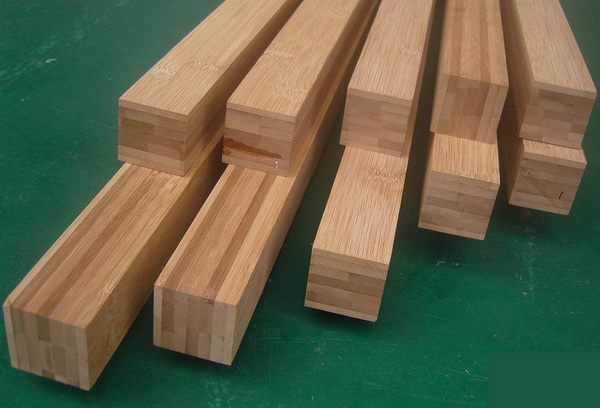Use of Bamboo Veneer as an Alternative to Hardwood: A Look at the Benefits
Interior designers and workers and woodworkers are trying to follow the green project when it comes to decorating their homes with wood. They are thinking if using environment-friendly alternatives to the conventional hardwood versions of furniture and flooring. As an answer to their questions, they have two words, bamboo veneer.
You might have heard about the much-loved idea of implementing the sustainable resources for the decoration and construct for your home. Explore the various aspects of bamboo flooring and furniture. Of course, wood is indeed a top choice for the making of furniture, but it is not cheap, and also not sustainable. Even a single piece of the chair can cost you a whopping $200 and a total set can cost a fortune. If you can only think about feel and look of the wood, there are options that are also cheap. If you do not consider shaving a lot of your wealth after furniture only, then you can opt for bamboo as a practical solution.
The history of bamboo and its evolution as furniture
Chinese people are still the top cultivators and users of bamboo. The mention of the bamboo as weapons and household items are was found many thousands of years ago. Before the invention of paper, bamboo slips were used for writing. It helped in the spread of language and culture of China. Bamboo was also used to make accessories like shoes, baskets, tiles, coats and not to forget as a culinary addition since many ages.
As for the western part of the world, people found more technical uses like the first phone was made out of bamboo. The filament of the world’s first light bulb was made of bamboo. There are mats, blinds, bowls, ornaments which are made of bamboo as well. Bamboo also has an important significance in arts. Today, doors, windows, medicines everything has a bamboo version.
What is bamboo? What are its properties?
Bamboo belongs to the family of tall grasses with a good growth rate. A rate so good, that it can reach its full length within one year. It is a sustainable resource and its intense harvesting can cause no impact on the ecological balance. It retains its abundance no matter how frequently it is harvested for multiple uses. Bamboo steam can be of light weight but they are really durable material, ideal for bamboo flooring and making furniture out of it. When bamboo pieces are stuck together with glue or cloth strips or ropes, they make excellent constructional structures like pillars, scaffoldings, and such other structures.
Reasons to choose bamboo veneer as your choice
A friend of the green project
Bamboo veneer is an environment-friendly wood veneer that is available. Its source is renewable. For the fun fact, bamboo, a grass, can grow one and a half foot per day.
Price friendly
Customers are always looking for good things for small prices. Bamboo is not mandatory to be priced low always. But the price range is varied. Bamboo ranges from mid-price range to high price.
One of a kind and exotic
Bamboo, the plant is native to Asia and therefore it has a global appeal since Asian countries are related to exclusive and exotic art pieces.
Color variety
Bamboo comes in natural colors. Colors like yellow, brown, blonde and carbon. It also comes in the variety of tan which gives it a woody look and also it can be matched with different pieces of furniture.
The grain pattern look
There is two interesting patterns for the bamboo veneer, viz; planked and vertical look. Vertical grains are generally ¼ inches tight and thin. Planked version has a thick look like that of a butcher block.
Taking care of bamboo
Bamboo is affected by water, like any other wood. Never ever wash it on a large scale or leave it in extreme moisture. Clean your bamboo assets with dry and moist cloth and remove the dust particles with a broom, vacuum cleaner or mop. In the occurrence of the spill, wipe it off immediately so that there are no stains. Avoid friction and scraping of metal on the bamboo surface as they can leave scratch marks or break it. Maintenance and care of bamboo do not need any master’s touch always. If you take good and efficient care of it daily, bamboo will be your friend forever.



 皖公网安备 34180202000049号
皖公网安备 34180202000049号